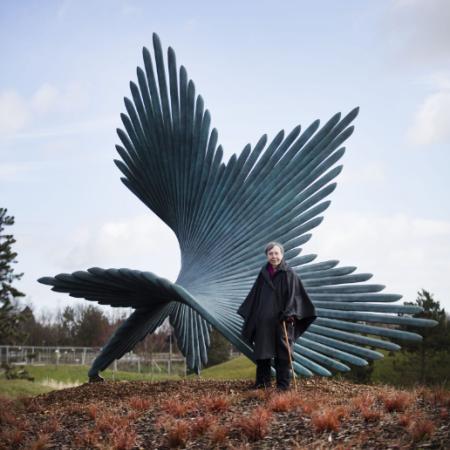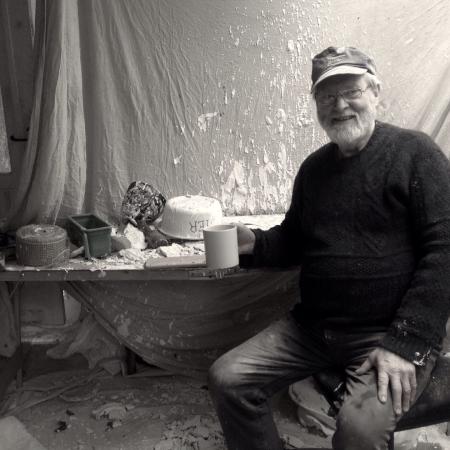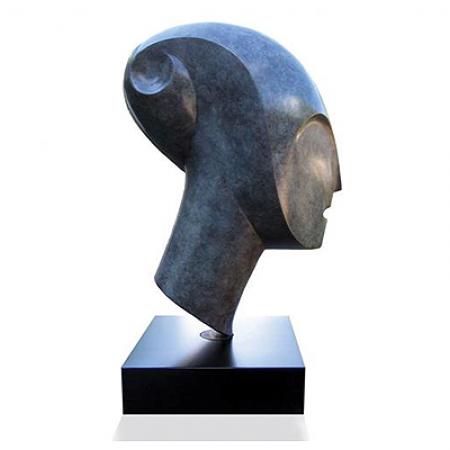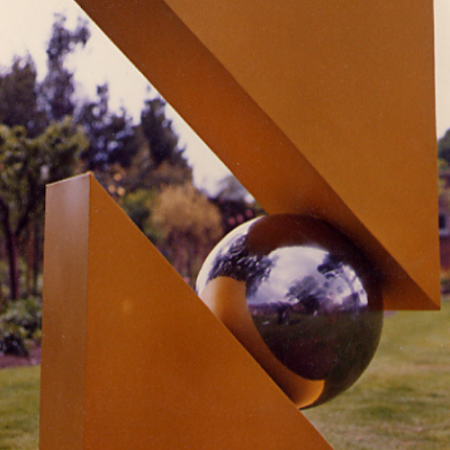Now we are all being encouraged to stay indoors due to the Coronavirus, perhaps it is the ideal time to draw up a mental list of where you want to go and what you want to do when this period ends and we can return to normal?
Throughout the British Isles we are lucky to have public sculpture as part of our landscape. If you are fortunate enough to live within walking distance of public sculpture you can experience it as part of your daily exercise. Public sculpture can take the form of war memorials, gravestones, architectural decoration or works temporarily erected to invite thought and conversation.
Whilst carrying out research on twenty five female sculptor members as part of the Paul Mellon Centre-funded project ‘Pioneering women at the heart of the Royal Society of Sculptors’, I have been struck by how many of these women’s sculptures remain on public display, often overlooked by those who walk past them every day.
Here are four pieces from across the country by these early, pioneering women.
- ‘Monument to Edith Kerrison’ by Christine Gregory FRBS (1879-1963). This is located on The Grove in Stratford. Kerrison was the first female counciler for West Ham and was an advocate for the welfare of women and children. This was completed in 1936 and is fairly unique as a memorial both to a named woman and by a female sculptor.

- Outside County Hall in Morpeth stands a Viking warrior about to step off his longboat onto the Northumberland coast. The piece is by Margaret Wrightson FRBS (1877-1976), who became an Associate member in 1929 and is thus one of our earliest female members. The 1925 sculpture was originally at Doxford Park in Sunderland but was moved to Morpeth in 1981. Wrightson created the piece for the Liberal politician Walter Runciman, whose home was at Doxford Park.

- Julian Phelps Allan FRBS' (1892-1996) ‘Winged Victory’ of 1938 stares out from St. Dunstan’s over the sea at Ovingdean, near Brighton. St. Dunstan’s was originally a home for men and women blinded in service. Julian changed her name from Eva Dorothy Allan around 1929. Reasons for this name change vary from naming herself after Julian of Norwich or a wish to publicly identify as a lesbian, to using a man’s name to have her art taken more seriously.

- Alice Meredith Williams ARBS' (1877-1934) ‘The Spirit of the Crusaders’ in Paisley is a First World War memorial featuring a crusader on horseback flanked by four First World War soldiers, trudging onwards, eyes cast downward. Poignantly, the sculpture was unveiled in July 1924 by a widow, Mrs. McNab, who had lost four sons in the war.




